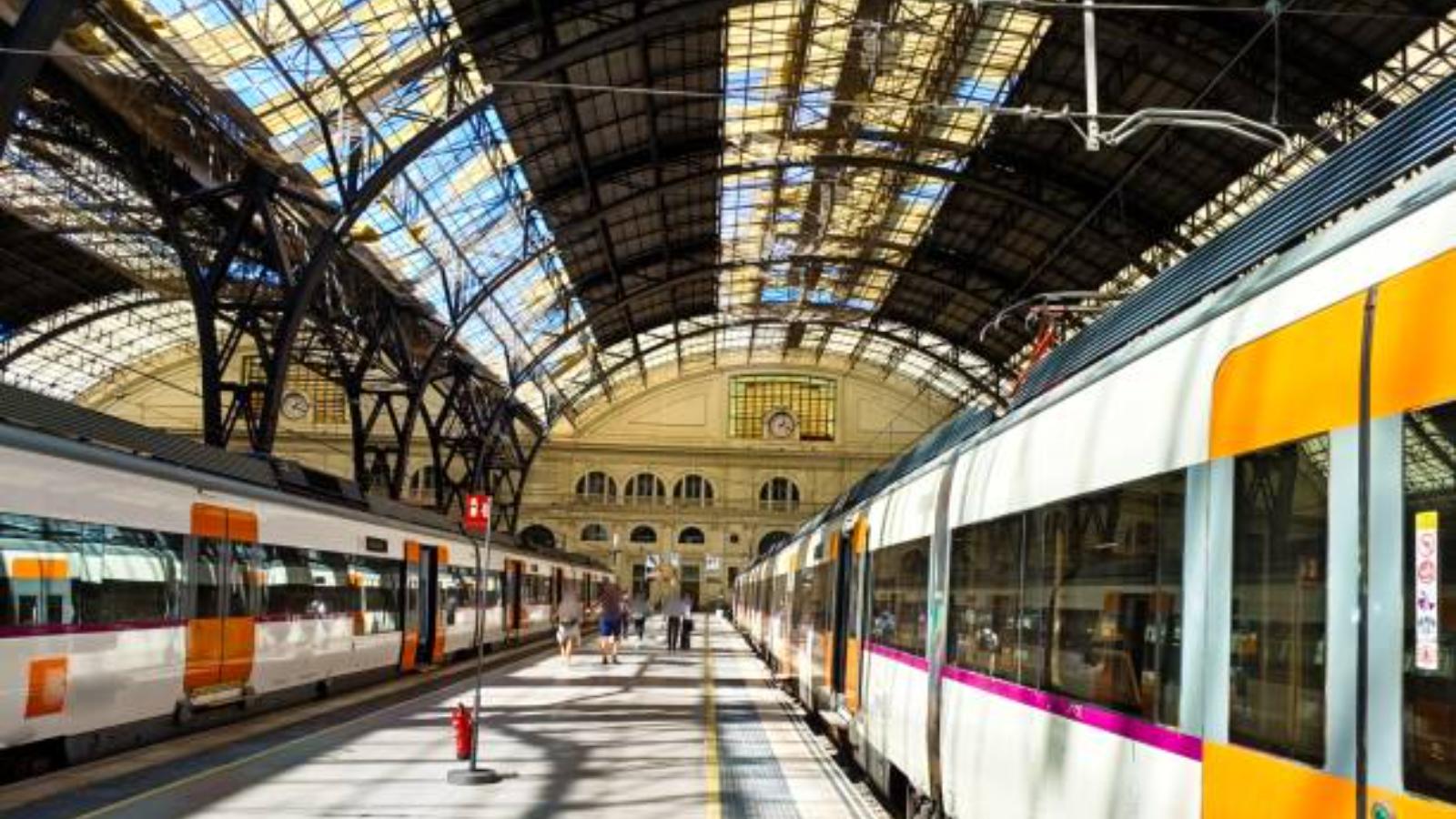In this Article
Introduction
In the rapidly evolving landscape of urban development, the concept of smart cities has emerged as a beacon of innovation and efficiency. Smart cities leverage technology and data to improve the quality of life for their residents, enhance sustainability, and optimize urban services. One of the best example of a smart city is Barcelona.
This article delves into Barcelona’s journey towards becoming a smart city, highlighting its key initiatives, achievements, and the lessons it offers to other urban centers aiming for smart transformation.
Example of a Smart City: Barcelona
Barcelona has positioned itself as a global leader in the smart city movement, implementing a wide array of technologies and strategies to enhance urban living. Here are some key aspects that underscore Barcelona’s success:
1. Smart Infrastructure
Barcelona’s commitment to smart infrastructure is evident in its extensive deployment of Internet of Things (IoT) devices and sensors throughout the city. These technologies are used to monitor and manage various urban systems, including:
- Smart Lighting: Barcelona installed 10,000 smart streetlights adjusting brightness based on traffic, reducing energy use by 30% and light pollution. Additionally, these streetlights are equipped with sensors to monitor air quality and noise levels, providing valuable data for urban planning.
- Waste Management: Barcelona’s smart bins use sensors to alert when full, optimizing collection routes, leading to a 20% reduction in waste collection costs and significant cuts in carbon emissions from trucks.
- Water Management: Smart water meters and leak detection systems help conserve water and ensure efficient usage across the city. These technologies have enabled Barcelona to reduce water loss by 25%, ensuring a more sustainable water supply for its residents.
2. Sustainable Mobility
Barcelona has made significant strides in promoting sustainable mobility solutions to reduce traffic congestion and lower carbon emissions. Key initiatives include:
- Public Transportation: Barcelona integrates real-time data into its transit system for accurate bus and train schedules, promoting public transportation use. The introduction of smart bus stops with digital displays has improved user experience and increased public transport usage by 15%.
- Bike-Sharing Programs: Barcelona’s bike-sharing program, Bicing, offers an eco-friendly alternative to traditional transportation methods, reducing the reliance on cars. Bicing offers 6,000 bikes across 420 stations, facilitating 14 million rides yearly, notably cutting congestion and pollution.
- Electric Vehicles: Barcelona’s extensive network of 500+ electric vehicle charging stations, coupled with incentives like free parking and access to low-emission zones, has significantly encouraged the shift towards cleaner transportation and reduced air pollution.
3. Citizen Engagement
A cornerstone of Barcelona’s smart city strategy is its focus on citizen engagement and participation. The city has implemented several platforms and initiatives to involve residents in decision-making processes:
- Decidim Barcelona: An online platform where citizens can propose and vote on city projects and policies, fostering a sense of community and shared responsibility.
- Citizen Sensors: Residents can use mobile apps to report issues such as potholes or broken streetlights, thereby enabling the city to address these problems more efficiently.
- Open Data Portal: Barcelona provides access to a wealth of public data, allowing citizens and developers to create innovative solutions that address urban challenges.
4. Economic Development
Barcelona’s smart city initiatives have also spurred economic development and innovation. The city has created a conducive environment for startups and tech companies, resulting in:
- Innovation Districts: Areas like the 22@ district serve as hubs for technology and innovation, attracting businesses and fostering collaboration. The district is home to over 1,500 companies, generating thousands of jobs and contributing significantly to the local economy.
- Public-Private Partnerships: The city partners with private companies to implement smart city solutions, leveraging expertise and resources from both sectors. These partnerships have resulted in innovative projects, such as the deployment of 5G technology and the creation of smart grids.
- Job Creation: The focus on technology and innovation has led to the creation of new job opportunities, contributing to the city’s economic growth. The smart city initiatives have generated over 47,000 jobs, ranging from tech development to urban planning and sustainability roles.
Conclusion
Barcelona’s transformation into a smart city offers valuable insights for other urban centers aspiring to enhance their quality of life through technology and data-driven solutions. The city’s success can be attributed to its comprehensive approach, encompassing smart infrastructure, sustainable mobility, citizen engagement, and economic development. By learning from Barcelona’s experience, cities around the world can embark on their smart city journeys, creating more livable, sustainable, and efficient urban environments.
How Can We Help?
The AlphaX ecosystem is uniquely positioned to help cities navigate the challenges of smart city development. Our comprehensive suite of solutions includes smart infrastructure management, sustainable mobility systems, and citizen engagement platforms. Cities partnering with us can leverage our expertise to implement innovative technologies, driving their transformation into smart cities.
For more information on how AlphaX can assist in your smart city initiatives, please contact us.
References
Related Blog Posts
How Smart Cities Connect: Getting Started with Edge AI and IoT Technology
How to Get Started with Edge AI and IoT Technologies in Smart Cities: Overcoming Integration Challenges In recent years, the concept of smart cities has evolved from a futuristic Read More
5 Step Strategy: Ensuring Security and Privacy in 15-Minute Smart Cities
Introduction Ensuring security and privacy in 15-minute smart cities is a critical challenge as urban areas become increasingly connected through IoT and edge AI technologies. These cities aim to Read More
What is a smart city and the challenge of legacy systems
How to Get Started with Integrating Legacy Systems in Smart Cities Smart cities are transforming urban landscapes by leveraging technology to improve the quality of life for residents. However, Read More




